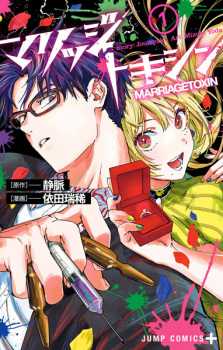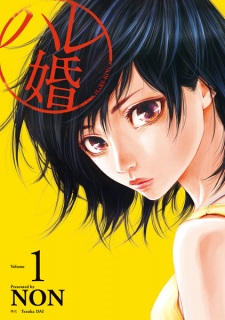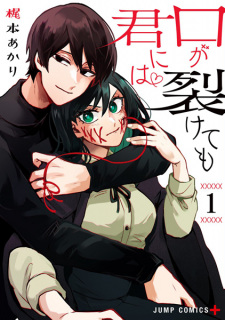Feb 28, 2025
A flashy, sexy harem shonen: plenty of pretty, stylish girls with fantastic legs and well-shaped and dynamic oppai. Distinctions among the numerous ladies stem from the look of their faces and expressions - not just their clothes, or in the case of switching to Mikuru, the size/emphasis of the boobs. The liberal use of ignoring panel boundaries facilities beautiful, and often contorting (strategically so) bodies fighting across pages of the manga. It is a little Buck Zumhofe of sexualizing the clearly young-coded Ginga and the sleepy, Orihime-esque Izuru is a bit forgettable to look at. It's also a bit head-scratching they don't go all tits-out
...
with the majority of their well-drawn female cast. The amazing art direction unfortunately isn't paired with an amazing or genre-breaking story. The MC is the standard incel-lite (though I appreciate his expression through Kamen Rider) who somehow the only character who can tame the beast that is Zero. The manga commits cast bloat pretty quickly and the main antagonists get lost in the mix and don't even get a proper ending. There's no sense of real urgency to the manga as the characters more or less defeat episodic threats so it's a bit mindless but a driving or envelope-pushing plot may not the be real appeal of this manga anyways.
Reviewer’s Rating: 6
What did you think of this review?
Nice
 0
0
Love it
 0
0
Funny
 0
0
Confusing
 0
0
Well-written
 0
0
Creative
 0
0Show all



































